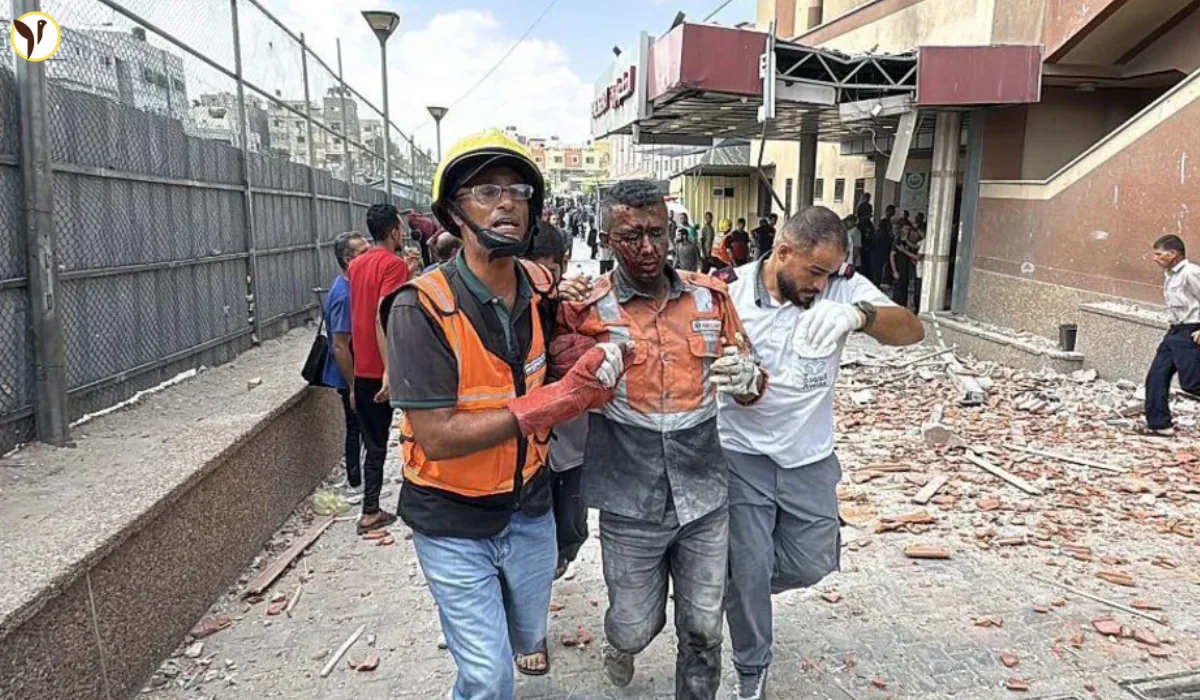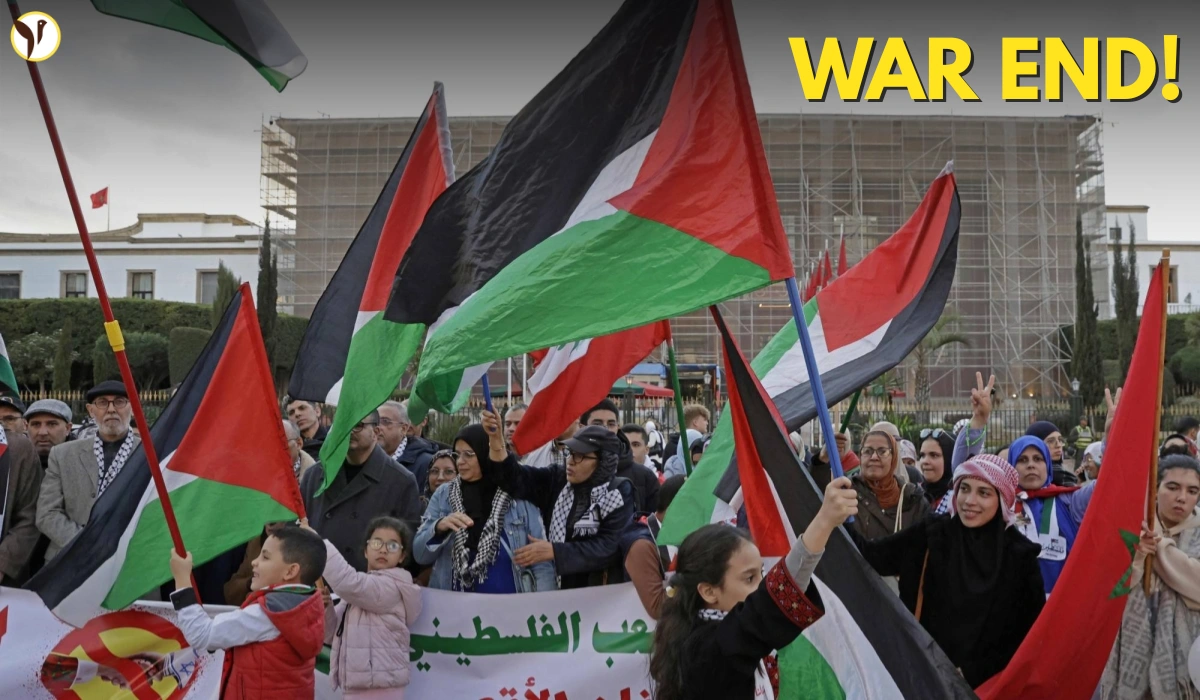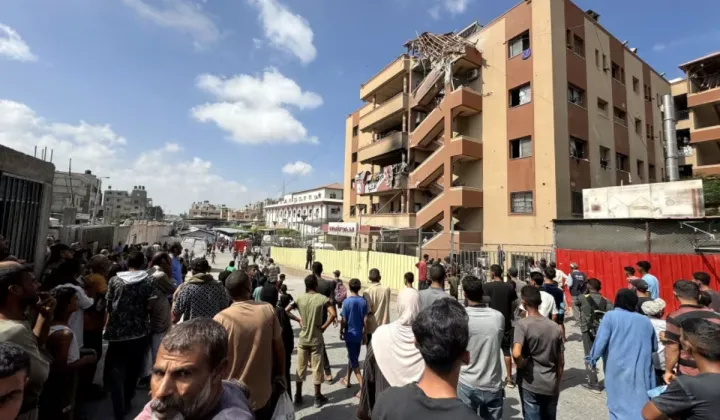Gaza City, August 25, 2025 — At least 19 people, including four journalists and several rescue workers, were killed on Monday after an Israeli airstrike hit Nasser Hospital in Khan Younis, southern Gaza. The attack is one of the deadliest recent incidents targeting a medical facility in the war-torn enclave.
Witnesses said the strike came in two waves. The first blast struck the fourth floor of the hospital, where patients and staff were present. Moments later, a second missile landed as paramedics and first responders rushed to the scene, causing even more casualties.
ALSO READ: Israel Hamas Peace Deal: Agree for Ceasefire & Hostage Release
Journalists Among the Dead in Hospital Strike
The attack claimed the lives of several well-known journalists who had been covering the conflict. Those killed included:
-
Mariam Dagga, a 33-year-old freelance visual journalist working for the Associated Press
-
Mohammed Salama, correspondent for Al Jazeera
-
Hussam al-Masri, working with Reuters
-
Moaz Abu Taha, reporting for NBC
A Reuters photographer, Hatem Khaled, was injured in the strike. Their deaths highlight the dangers faced by media workers trying to report from Gaza, where press groups say the risks have become almost unbearable.
According to the Committee to Protect Journalists, at least 192 reporters and media staff have been killed since the conflict escalated in October 2023. Palestinian authorities place the number even higher, claiming as many as 244. Press freedom groups condemned the latest incident, calling it a direct assault on the ability of journalists to document the war.
The Palestinian Journalists Syndicate described the strike as “an open war against free media,” while international human rights groups urged Israel to halt attacks on civilian infrastructure and ensure the safety of reporters.
Rising Civilian Toll and Humanitarian Crisis
The strike on Nasser Hospital adds to the already severe humanitarian crisis in Gaza. The Ministry of Health reports more than 62,600 Palestinians have been killed in the ongoing conflict, with nearly half of them women and children. Hospitals are overcrowded, short of medicine, and struggling to cope with the constant influx of wounded.
The so-called “double-tap” strike—where a second missile targets rescuers after the first blast—has drawn widespread condemnation from aid groups, who say it makes emergency response nearly impossible. Doctors and medical staff are often among the casualties, further weakening Gaza’s collapsing healthcare system.
Beyond the immediate casualties, Gaza faces a worsening food crisis. Aid organizations warn of widespread famine, with hundreds of children already reported dead from hunger. Relief convoys remain limited due to heavy fighting and restrictions at border crossings.
International organizations, including the United Nations, have described the situation as a “man-made catastrophe” and called for urgent steps to protect civilians. Israel, however, says it continues its operations against Hamas and accuses militants of using hospitals as cover—an allegation Gaza authorities deny.
Be outraged at the depravity of the terrorist state Israel that continuously attacks journalists and healthcare workers and hospitals.
— DanielKomesch (@DKomesch) August 25, 2025
Be outraged at the Canadian government that continues to arm Israel and provide political support for genocide. https://t.co/RT8BItgaeL
Conclusion
The strike on Nasser Hospital underscores the devastating human cost of the war in Gaza. With journalists, doctors, and civilians among the dead, the attack has intensified global concern over the safety of both humanitarian workers and the press. As the death toll climbs and the humanitarian situation worsens, pressure is mounting on the international community to intervene and push for stronger protections for civilians caught in the conflict.




/content/stories/thumb/thumb692598cda8b762.78437893.webp)
/content/stories/thumb/thumb69258d788f6638.56916129.webp)
/content/stories/thumb/thumb6924504a2a29b6.41536722.webp)
/content/stories/thumb/thumb6924469cc7ad97.04598967.webp)
/content/stories/thumb/thumb69243dc6df8486.15379679.webp)


